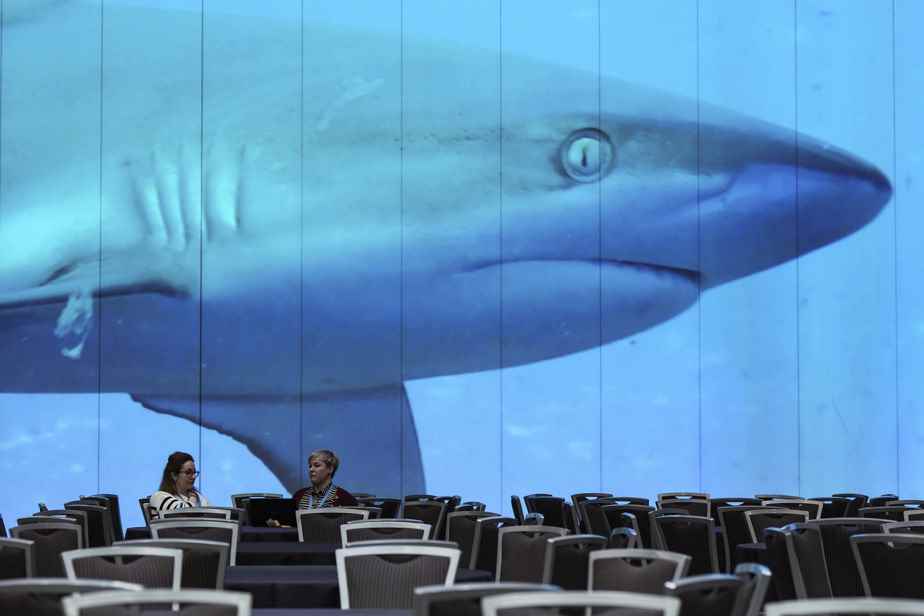(Vancouver) The federal government announced Thursday that it will not allow mining in the seabed of its national oceans without a “rigorous regulatory structure.”
This announcement was made on the last day of the Fifth International Congress on Marine Protected Areas held in Vancouver.
“Canada does not currently have a national legal framework that would allow seabed mining and, without a strong regulatory framework, it will not allow seabed mining in areas within its jurisdiction,” the Ministers of Natural Resources, Oceans and Fisheries said in a joint statement.
“This is how we will ensure the health of our ocean ecosystems for generations to come,” added Environment Minister Steven Guilbeault, who added that “protecting 30% of our oceans must be more than just a slogan.”
Ottawa also announced this week the creation of a new marine protected area in the Pacific to protect a 10 million hectare strip of marine coastline stretching from the top of Vancouver Island to the border between Canada and Alaska.
Signed with several Indigenous peoples, the plan is also a necessary part of achieving Canada’s goal of protecting 30% of its lands and oceans by 2030. A historic commitment made by countries around the world at the summit on Montreal’s biodiversity in December.
“This plan is an important step in advancing both marine conservation and Indigenous reconciliation,” said Hussein Alidina, Marine Areas Specialist at WWF Canada.
“We now need to quickly turn our attention to the implementation of these marine protected areas and do what needs to be done to make them a reality,” he added.
This region is home to more than 64 species of fish, 70 species of seabirds, 30 species of marine mammals, including killer whales, sea otters and dolphins, and 52 species of invertebrates such as molluscs, sea urchins, octopuses…
“Our Nations have a strong track record that proves that Indigenous-led conservation works for nature and for people,” said Dallas Smith, spokesperson for the First Nations Coalition for Responsible Fish Management.
“As we tackle the urgent challenges of biodiversity loss and climate change, this is the model the world needs now,” he added.
